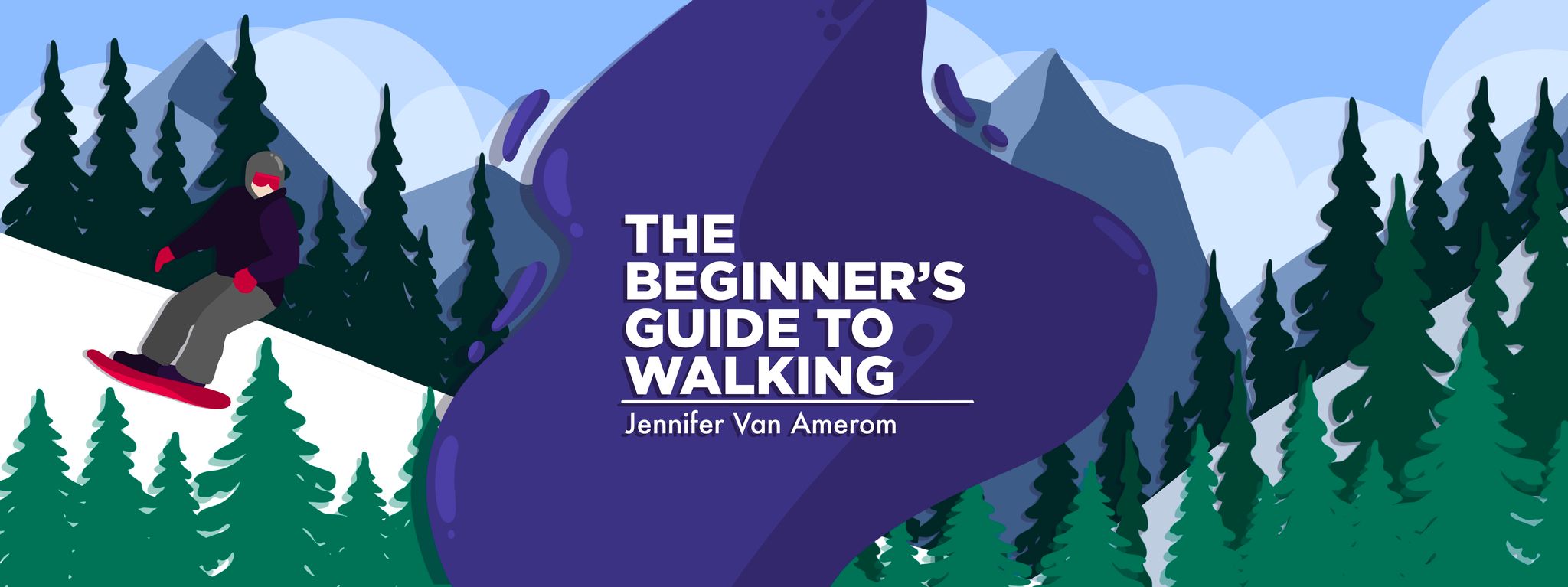My accessible trip to Disney World with a disability, part 2
How my NMOSD was accommodated, and where I saw room for improvement
Written by |

Second in a series on visiting Disney World with a disability. Read part one.
Big crowds make me nervous. Should someone bump into me, I can easily lose my balance. And the risk of infection weighs heavily on me, given my weakened immune system. A nearby sneeze triggers emergency room flashbacks. The common cold seems to lasts an eternity, and it often results in me visiting the ER with an ugly-cry face. What’s worse is creating plans, like attending a theme park, only to feel rotten the day of and not know how I’ll physically manage.
Such worries are the reality for many neuromyelitis optica spectrum disorder (NMOSD) patients.
In my previous column, I shared how I found the courage to overcome my fear of crowds to surprise my daughter, Sophie, with a trip to Disney World this year. That was possible solely because of Disney’s Disability Access Service (DAS) program, which addressed all of my mobility concerns.
Disney made me feel seen
I know I don’t look sick; inside my body, however, it’s a full-fledged war, a personal prison of pain and worry. It’s hard to admit that and shed the shame I shouldn’t feel, yet I worry about judgment from others.
At the end of our first day at Disney World, where I used the DAS program, I felt an immense sense of relief: Not a single cast member judged my invisible disability or me. They were effectively trained and considerate, frequently checking in during the short DAS queues. Did I need to sit separately until my family could join me? Did I need preferred seating for my condition on the ride? Their support made all the difference.
Using Disney’s DAS program
I don’t make a habit of visiting many theme parks, but I’m willing to bet Disney does inclusivity better than the rest. There’s always room for improvement, but at present, I believe the DAS program is the gold standard. Using the Disney app, disabled patrons select the ride they want and join a virtual queue. You’re then given a timed window to check in. The DAS line is shorter, but the virtual queue makes it fair and doesn’t give patients an advantage over other guests.
Pro tip: Once you do check into a ride, you can immediately join the virtual queue for your next ride. That’s incredibly helpful for people like me who walk slowly because of mobility challenges.
The perils of cobblestone walkways
My family and I are huge “Star Wars” fans, so the highlight for us was when we felt as if we’d left Earth and walked onto another planet. The Galaxy’s Edge park was complete with sightings of stormtroopers and our favorite characters.
While Disney World is a visual spectacle, I did struggle on some of the terrain throughout the park, such as cobblestone walkways, some sidewalks, narrow passages, and even some stairs. Ramps exist for wheelchair and scooter users and they match the overall aesthetic, but they aren’t always the easiest to navigate, even for those of us walking. In addition, these ramps aren’t used exclusively for the disabled, so it wasn’t uncommon to see traffic jams with people in wheelchairs and scooters waiting at both ends.
I also struggled with the number of electric scooters throughout the park. I could sense the frustration of guests who’d rented a mobility aid for the day, only to find it awkward and cumbersome. On more than one occasion, I was hit by a scooter, including once from behind that nicked my heel and caused it to bleed. I’d like it if Disney limited the number of rented scooters allowed in the park each day. While some might argue that the move is a form of discrimination, I believe it’d be in everyone’s best interest and allow all patrons to enjoy the park safely.
Where are the service dogs?
Because there’s no way to “park” a service dog while on a ride, I wonder how those who are visually impaired navigate the park without a caregiver. I’ve been training Magnus, our pug, to operate as a service dog one day, as I’m concerned about the vision loss that many NMOSD patients experience. Magnus isn’t ready to complete any certification testing yet, but that’s not the issue now. I didn’t see a single service dog during our Disney visit, and that doesn’t seem right.
Would I visit a Disney theme park again? I’d have to give a resounding yes. If you stay at one of its resort hotels, you even get an extra hour at the start of the day to beat some of the crowds. With smart planning, NMOSD patients can enjoy the rides, take frequent breaks and even a midday nap (as the hotel shuttles are free and run frequently), and not miss out on quality family time.
Note: Neuromyelitis News is strictly a news and information website about the disease. It does not provide medical advice, diagnosis, or treatment. This content is not intended to be a substitute for professional medical advice, diagnosis, or treatment. Always seek the advice of your physician or other qualified health providers with any questions you may have regarding a medical condition. Never disregard professional medical advice or delay in seeking it because of something you have read on this website. The opinions expressed in this column are not those of Neuromyelitis News or its parent company, Bionews, and are intended to spark discussion about issues pertaining to neuromyelitis optica spectrum disorder.






Leave a comment
Fill in the required fields to post. Your email address will not be published.